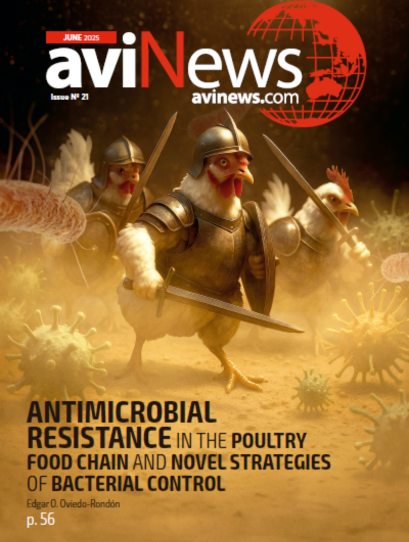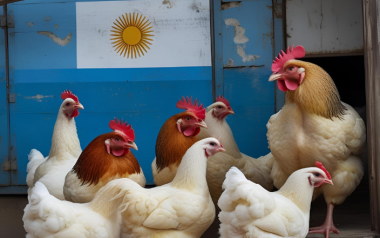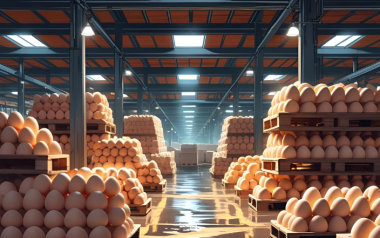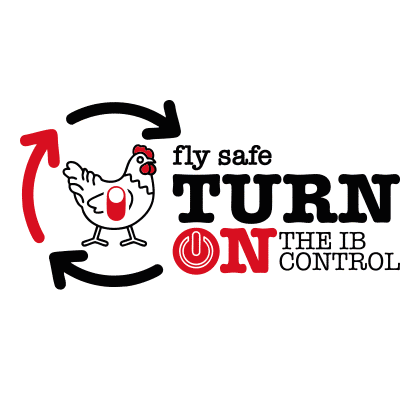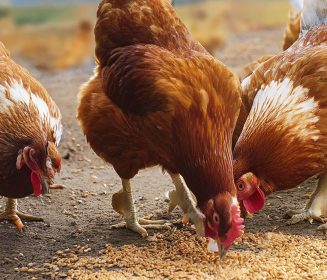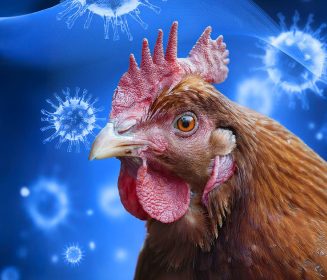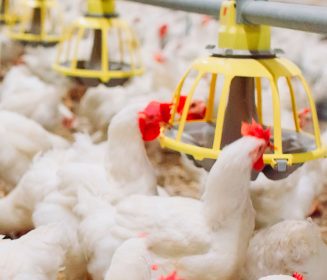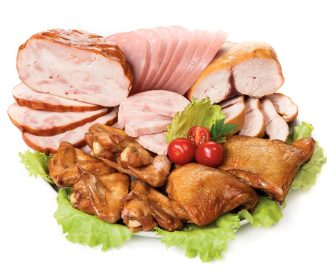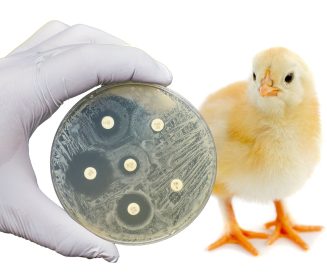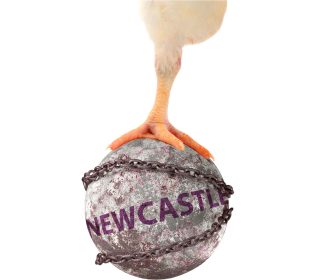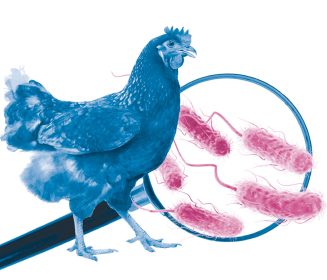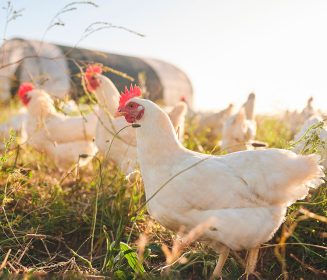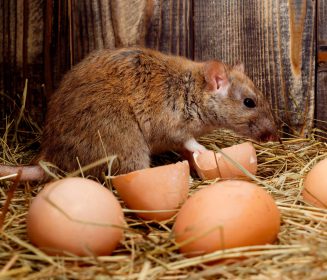28 Aug 2025
Rising demand and farming modernization fuel India’s poultry market growth
The growing popularity of quick-service restaurants and ready-to-eat poultry products has further fueled demand.
India’s poultry market is expected to reach USD 96.20 billion by 2033, exhibiting a growth rate (CAGR) of 12.60% during 2025-2033, according to a report by Imarc Group.
In 2024, the country’s poultry market size reached USD 26.29 billion.
Drivers and challenges
The report explained that the market is driven by a complex interplay of supply and demand factors.
- On the demand side, rising disposable incomes, urbanization, and changing dietary preferences have significantly increased the consumption of poultry products. Chicken, being an affordable and protein-rich food, has become a staple in both urban and rural households. The growing popularity of quick-service restaurants and ready-to-eat poultry products has further fueled demand.
- On the supply side, the industry has witnessed advancements in breeding techniques, feed quality, and disease management, leading to higher productivity.
However, supply chain inefficiencies, such as inadequate cold storage facilities and transportation challenges, often disrupt the steady availability of poultry products.
Seasonal fluctuations, such as increased demand during festivals or weddings, also impact market dynamics.
Additionally, feed costs, which account for a significant portion of production expenses, are subject to volatility due to fluctuations in the prices of key ingredients like soybean and corn.
Regulatory and environmental influences
The poultry market in India is also shaped by regulatory policies and environmental factors.
Government initiatives to promote poultry farming, such as subsidies and training programs, have encouraged small-scale farmers to enter the sector. However, stringent regulations on antibiotic use and animal welfare standards pose challenges for producers.
Environmental concerns, such as waste management and water usage, are increasingly influencing operational practices.
Outbreaks of avian influenza or other diseases can lead to sudden trade restrictions, disrupting both domestic and export markets.
Consumer awareness about food safety and organic farming is pushing producers to adopt cleaner and more sustainable practices.
The interplay of these factors creates a dynamic environment where adaptability and innovation are crucial for sustained growth.
Emerging trends
The Indian poultry industry is witnessing several transformative trends that are reshaping its future.
- One notable trend is the shift toward antibiotic-free and organic poultry production, driven by growing health consciousness among consumers. Companies are increasingly adopting natural feed alternatives and biosecurity measures to meet this demand.
- Another key trend is the integration of technology, with precision farming, IoT-enabled monitoring systems, and data analytics being used to optimize production efficiency and reduce waste. The rise of e-commerce and direct-to-consumer sales channels is also revolutionizing distribution, making poultry products more accessible to urban consumers.
- Additionally, there is a growing emphasis on sustainability, with producers exploring renewable energy sources and waste recycling methods to minimize environmental impact. Plant-based poultry alternatives, though still niche, are gaining traction as flexitarian diets become popular.
These trends reflect a broader movement toward innovation, sustainability, and consumer-centric approaches in the Indian poultry market.

